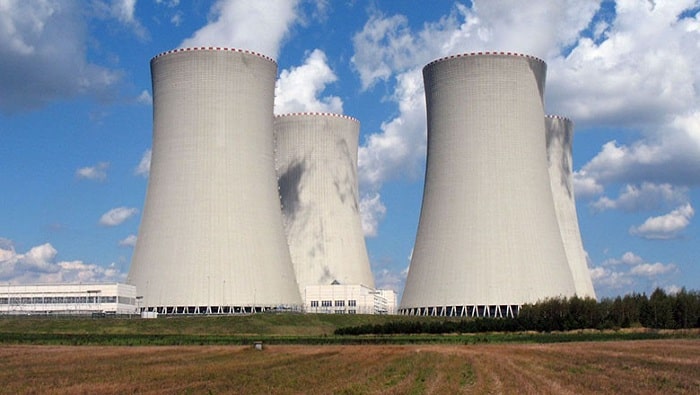EDF Energy has applied for planning consent for an £18bn ($23bn) new nuclear reactor at the existing Sizewell power station in the east of England.
EDF submitted the application for a Development Consent Order to the Planning Inspectorate to develop the reactor at Sizewell in Suffolk.
If approved, Sizewell C will supply 7 per cent of the total UK’s electricity when completed (around 6 million homes). It will also support the expansion of renewables and improve the UK’s national resilience by reducing the need for energy imports.
The planning application was deferred for two months because of the extraordinary circumstances created by the coronavirus pandemic. EDF said that “extra measures will be put in place to make it easier for local communities to scrutinise the proposals once they are published”.
Humphrey Cadoux-Hudson, Managing Director of Sizewell C said the new reactor “is a net zero infrastructure project ready to kick-start the economy following the Coronavirus crisis. It will offer thousands of high-quality job opportunities and long-term employment for people living in Suffolk and it will strengthen the nuclear supply chain across the country.”
He added that “on top of the economic benefits, Sizewell C will avoid 9 million tonnes of CO2 being pumped into the atmosphere each year. The project will play a key role in lowering emissions while helping the UK keep control of its low carbon future.”
Warren Kenny, Regional Secretary of the union GMB, said: “GMB London and East of England welcome this first step in getting this huge project off the ground.
“If the UK is to stand any chance of meeting the net zero carbon emissions targets by 2050 this project has to go ahead.
“This is a welcome opening chapter in what will be a very long story and like in previous centuries Suffolk will continue to play a vital role in the economic history of this nation,” concludes Kenny.
The plant will be a near replica of EDF’s Hinkley Point C in Somerset. EDF says that using the same design means Sizewell C will benefit from significantly reduced construction costs and lower risk.





































